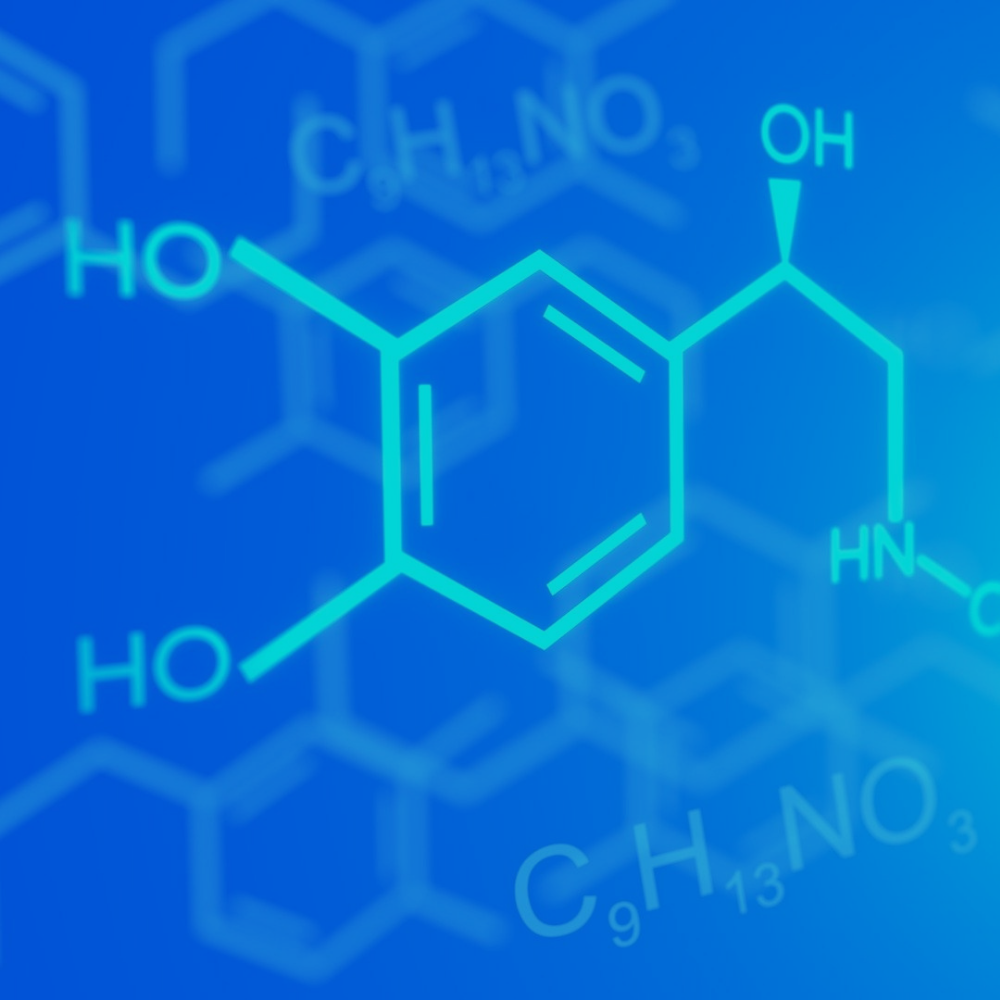

Veinardi Suendo
Since long time, plasma has been known as sources of electrons and other active species such as neutral, ionized and excited atoms/molecules as well as precious radicals for chemical processes, i.e. surface modifications, plasma pyrolysis, chemical vapor deposition, etching, etc. It is also well-known that it is possible to apply microwave energy to sustain plasma with some advantages with respect to DC discharge plasma. These advantages include the fact that the excitation structures which maintains the plasma do not need to be located within the plasma chamber, mass production of economical microwave sources such as oven magnetron, and wide working pressure range, from high vacuum up to atmospheric pressure. Over the last few years, atmospheric-pressure plasmas have been used intensively for various chemical processes, such as pyrolysis of biomass and heterogeneous phase reactions, including surface modifications and chemical productions through catalytic reactions. The torch-type vessel with surface-wave produced plasma is one of the most popular in this applications. Here, controllable partial oxidation based on water/oxygen plasma is proposed for production of simple chemicals from various economical sources, including natural gases, to produce such as alcohols, aldehydes, ketones, and carboxylic acids.